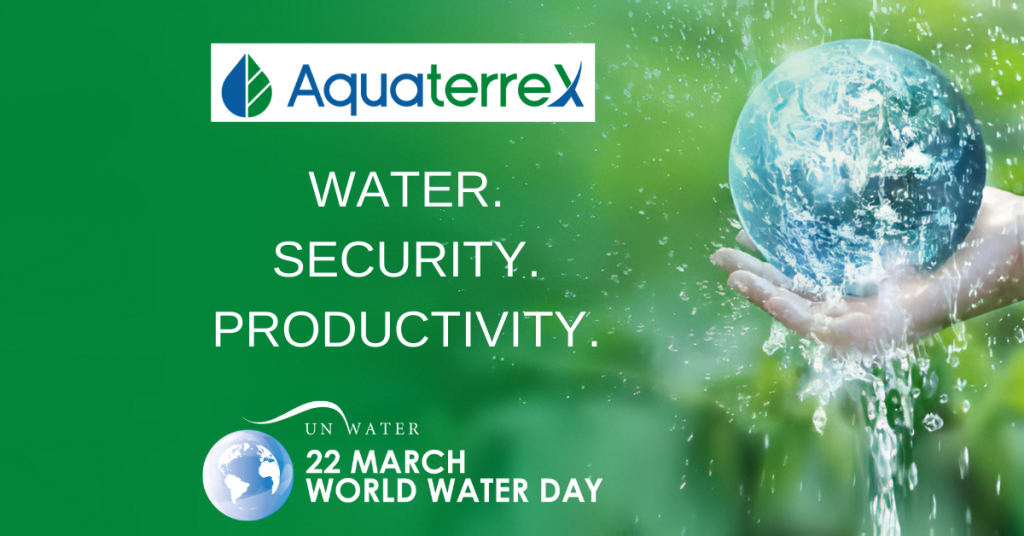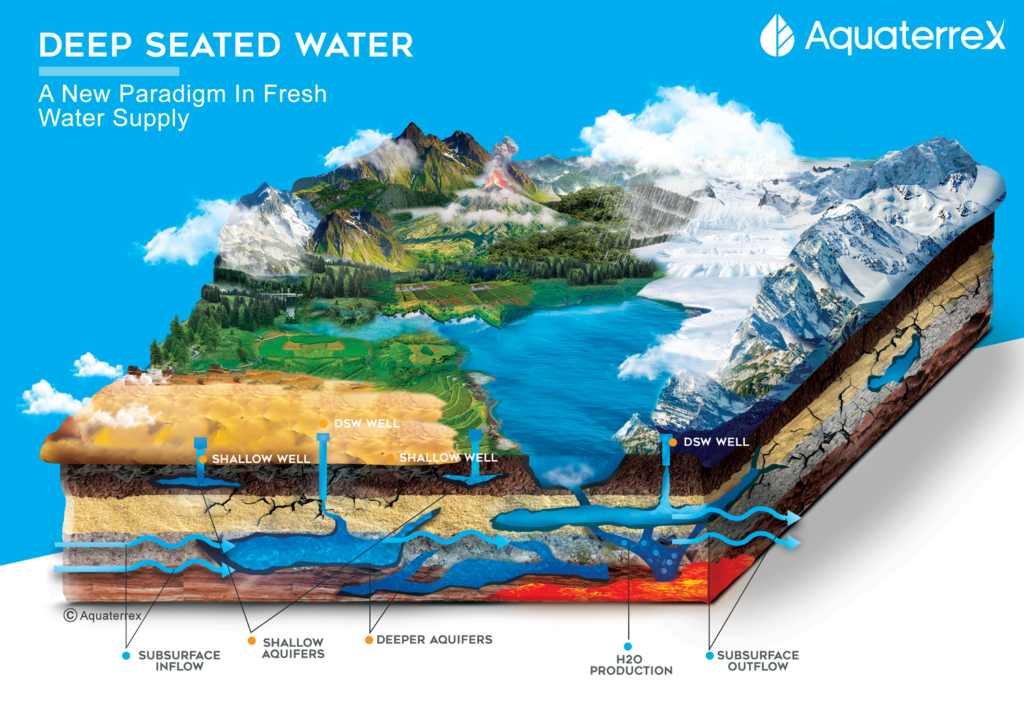
Growing Evidence of Abundant Underground Fresh Water Across Our Planet
On this World Water Day, 2022, most pundits will once again sound the alarm over shrinking fresh water sources. However, there is growing evidence that the earth contains enough fresh water to satisfy the needs of the world’s population for thousands of years.
Indeed, the U.S. National Groundwater Association estimates there are 22.6 million cubic kilometers of groundwater in the upper two kilometers of the earth’s crust NGWA facts. That is enough water to supply Earth for over 6,000 years at today’s global consumption rates. Most of this water is located deeper than the water currently being extracted from wells around the world, but it is increasingly more accessible with new exploration technologies. Tapping just a fraction of this largely untapped vast resource can supplement our current water supplies in a sustainable fashion for hundreds of years.
In addition, since 2002, scientists have been uncovering evidence of massive amounts of water underground. A peer-reviewed paper in Science magazine claimed “Earth’s lower mantle may store about five times more H2O than the oceans.” Science magazine. In 2014 Scientific American reported, “Rare Diamond Confirms That Earth’s Mantle Holds an Ocean’s Worth of Water.” Scientific American.
Fresh Water Factory Beneath Our Feet
In fact, there may be a “fresh water factory” beneath our feet. Evidence of this comes from volcanic eruptions which occur constantly all over the planet. The US Geological Survey released an essay on volcanic gases that states, “By far the most abundant volcanic gas is water vapor, which is harmless.” The essay goes on to say, “The 1991 eruption of Mt. Pinatubo is thought to have injected more than 250 megatons of gas into the upper atmosphere on a single day. However, even if magma never reaches the surface, gases can often escape continuously into the atmosphere from the soil, volcanic vents, fumaroles, and hydrothermal systems.” USGS essay. Further evidence from multiple scientific references report that water comprises between 90% and 97% in measurements of volcanic gases.1 Thus, as stated above, water is not only being added into the atmosphere, it is also being generated below ground in massive quantities.
The Missing Piece: Deep Seated Water
With this incredible sustainable resource available, why haven’t we tapped it to help solve the growing problems of drought, water contamination, and the stress on shallow aquifers? The answer is two-fold. First, the reality of deep water production has only recently been understood. Second, the technologies to locate and bring to the surface this type of water is only now available. We’ve coined the term “Deep Seated WaterTM,” which is the missing piece of the freshwater puzzle. It is made up of large quantities of naturally occurring freshwater that collects in aquifers located deep underground – deeper than shallow groundwater. The combination of Geographic Information Systems and advanced instrumentation has, for the first time, enabled the identification of Deep Seated Water to help solve the world’s water shortage. With this combination of new technology, we are able to locate these sources without having to drill deep wells.

The advantages of Deep Seated Water are many. It is a supplemental source of fresh water that can provide water security to a town, city, or country. Deep Seated Water is not subject to pollution from sources such as agricultural runoff, sewage, etc. By adding this source of water to the supply, it allows surface water and shallow groundwater to recharge. And, it is an economical and scalable solution that can be implemented quickly.

Vast amounts of fresh water are located in deeper aquifers
Deep Seated Water can be accessed economically through underground geologic pathways and channels. Finding them is like finding the proverbial “needle in a haystack.” But with today’s technology, it can be done with near 100% certainty.
The point is, the cost of drought is enormous. It is a global challenge to achieve one of the United Nations 2030 Sustainable Development Goals, “Ensure availability and sustainable management of water and sanitation for all”. However, the cost of drought can be virtually eliminated and the goal met by using available technology and having the courage to employ it. At AquaterreX, we’re doing everything we can to help this World Water Day, 2022, and every day.
To solve your freshwater management problems, contact us today and let us show you how to get fresh water where others say there is none! Contact Us.
Footnote: 1Gerlach, T.M., Volcanic Gases. In: Encyclopedia of Geochemistry, Springer, (656 – 657) and Delmelle, P., Stix, J., Volcanic Gases. In: Encyclopedia of Volcanoes, Academic Press, (803 – 815), 1999